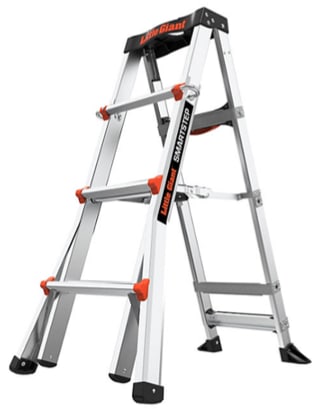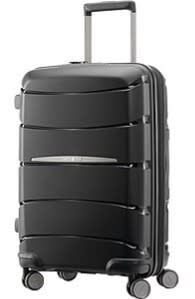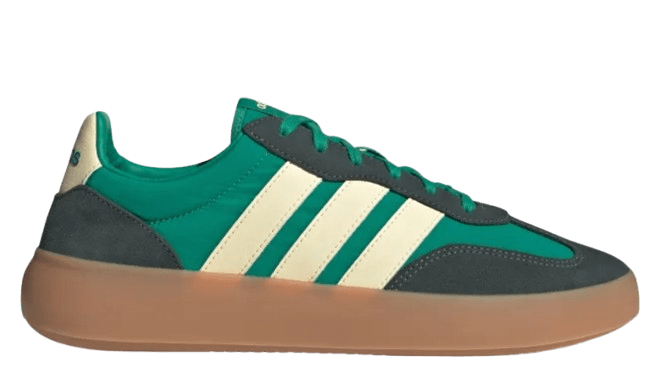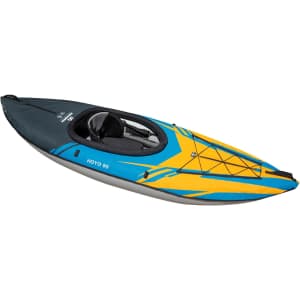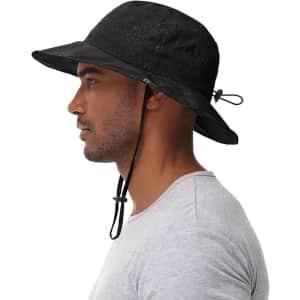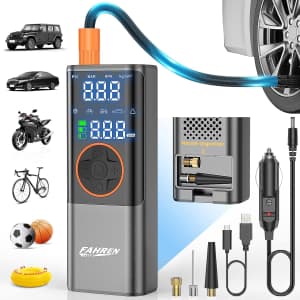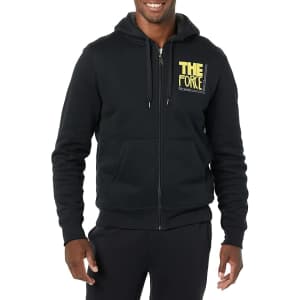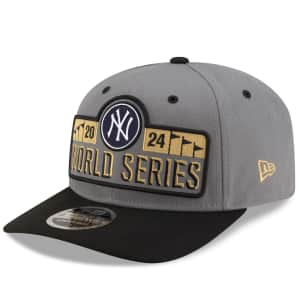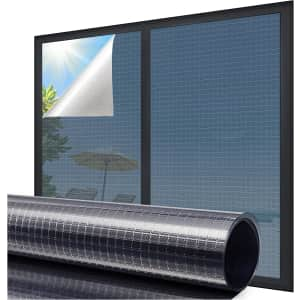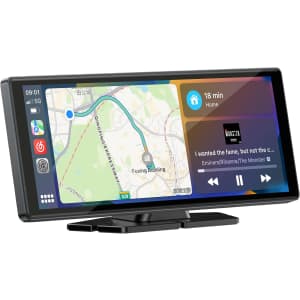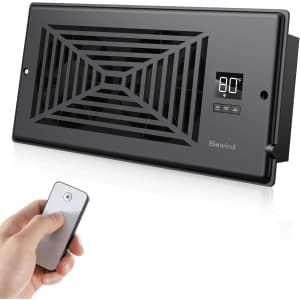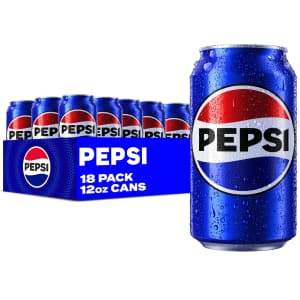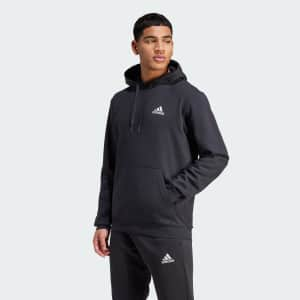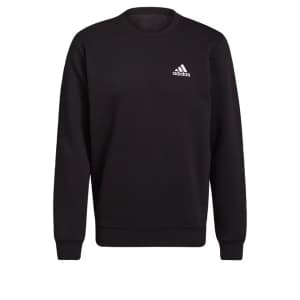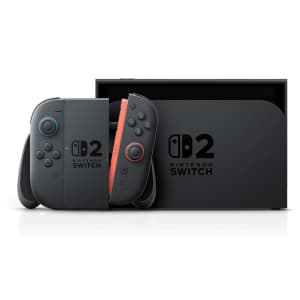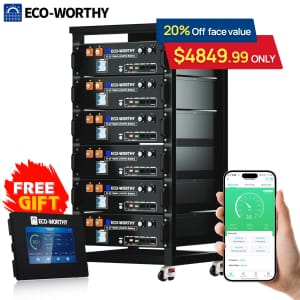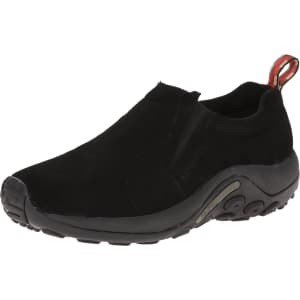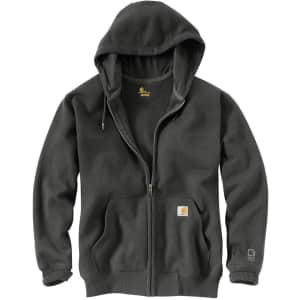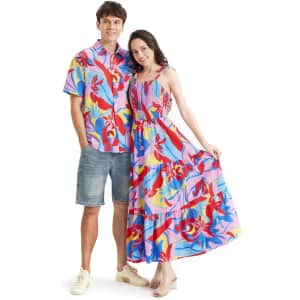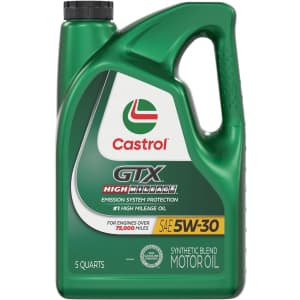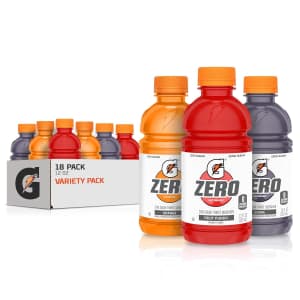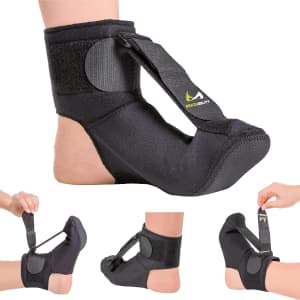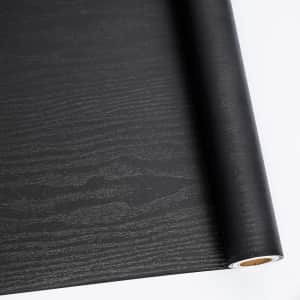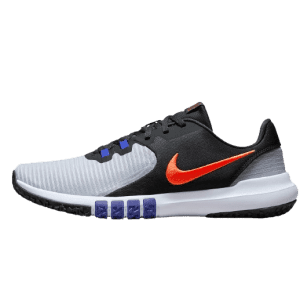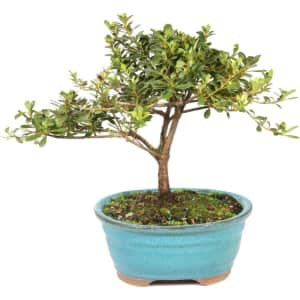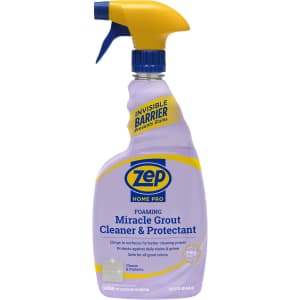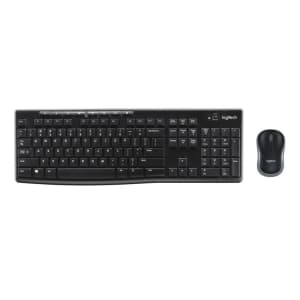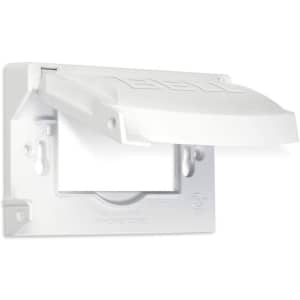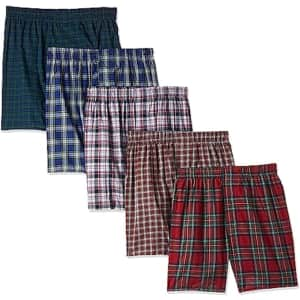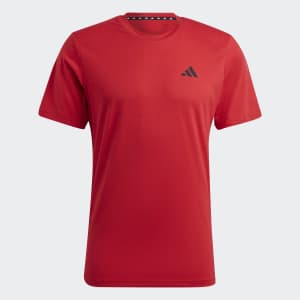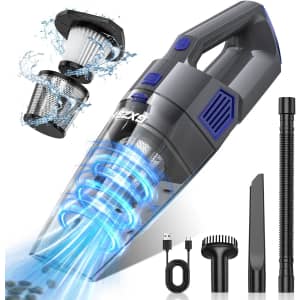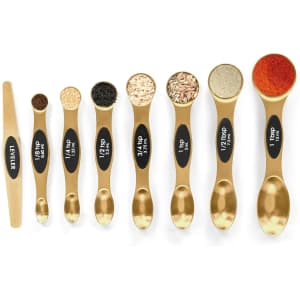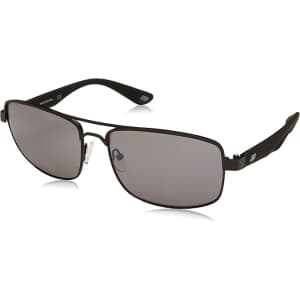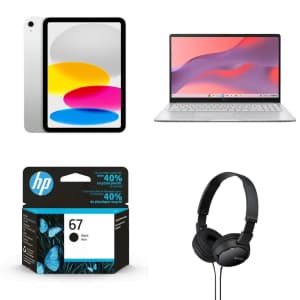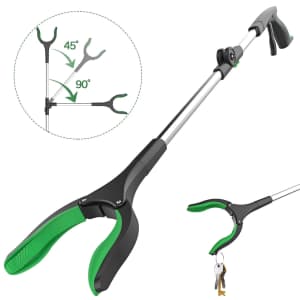5 Deals You Need to Know Today: Discounts So Rung They're Right
Some of these ladders are birth family, others mixed family, but ladder or stepladder, they're all discounted. Check out this offer and more in our roundup of the five best deals we found over the last 24 hours.
Top Tool Deal
Ladders at Woot
Up to 41% offBefore you get your hopes up, I'd say probably only one of these ladders could be used to climb up and grab a dangling professional wrestling championship belt from the heavens — and, of course, drop a flying elbow on a close personal friend who trusts you implicitly as they wait on a folding table below. Not that we endorse such things, or did them back when we were less tragically frail. But the other ladders here are probably more useful in daily life, for the occasions when you find a thing slightly out of reach, or want to place a thing slightly out of reach of someone else. Walls may be painted, or windows cleaned. And a flying elbow is a flying elbow, even if it's off the second step of a small step-ladder.
Top Toy Deal
Nerf Pro Gelfire Ignitor Blaster
$2.64The real joy of buying this Nerf gun isn't, I think, saving a buck or two. It's giving it to a child, waiting for them to hold it, then saying with barely contained glee, "You've got some nerf." They won't really understand — as a saying, "You've got some nerve" has kind of fallen out of favor, replaced by a meme of a cat making a face — but the satisfaction for you will make up for all the ensuing hydro round chaos.
Top Luggage Deal
Samsonite Luggage at Staples
Up to 60% offYou cut Samson's hair and he turns into a quivering coward. Look at him, crying and weeping, mucus all over his forearms. It's pathetic. Meanwhile, you cut Samsonite's prices, and they remain strong like ox, with very little mucus at all. Eat that, mythology.
Top Shoe Deal
adidas Men's Barreda Decode Shoes
$30"Barreda Decode" sounds like it could be a "putana da seatbeltz"-style Airplane! gag, but I don't know what it would mean, so I'm forced to assume that they are simply some shoes. And that's fine, because if they weren't, we would get this great video of them. My favorite part is four seconds in, when the camera peeks around a corner to look at them from a strange angle, like a suspense shot in a horror movie. Your favourite part is probably getting a low price using coupon code "SUNNY", but that's a personal preference.
Top TV Deal
TV Flash Deals at Walmart
Up to 65% offThere's something sad in knowing that no matter how crisp the 4K resolution, how zippy the 120Hz refresh rate, how expensive the Netflix production, nothing will ever inspire the wonder and imagination that came from "watching" a scrambled channel on the fourth-worst TV of the 1990s. But time marches onwards, because otherwise it'd get confusing, and so we placate ourselves with crystal-clear, mind-bogglingly beautiful scenes from David Attenborough documentaries on nicely-discounted electronic television sets, knowing that feeling of awe is as close as we'll ever come again to that sweet mystery.

